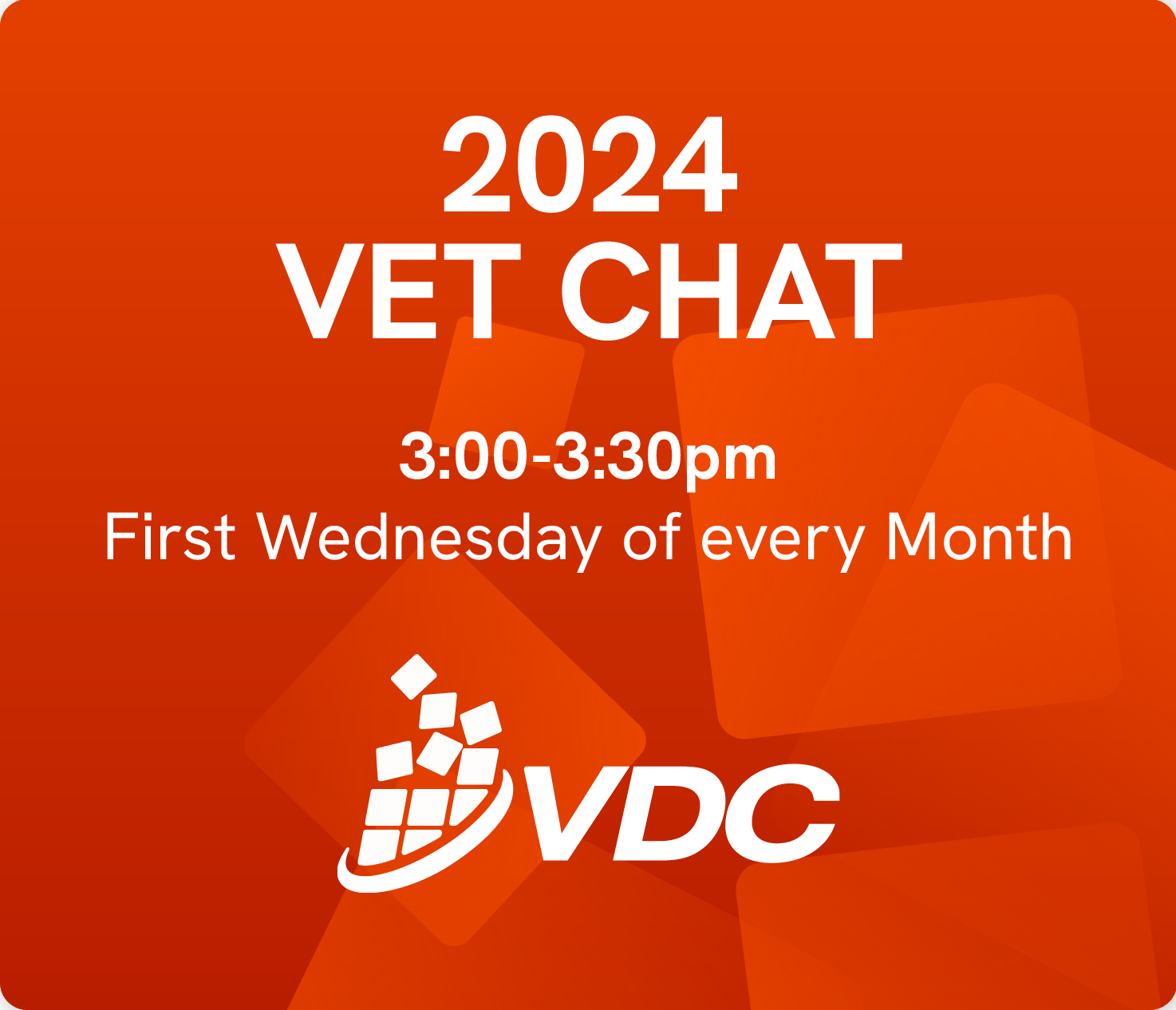There is some history in looking into the return on investment (ROI) education that training brings (we’ll return to that later). This latest offering on the topic is from RMIT and is entitled: ‘Ready, Set, Upskill: Maximising the ROI of skills and training.’
It points out that “Australian businesses are expecting to spend approximately $8 billion on learning and development in 2024” and “the expected spend on learning and development per employee reflects an increase of approximately 15% year-on-year.” This occurs in the face of some pessimism and optimism about Australia’s economic outlook. Indeed:
“While one-third (35%) of surveyed employers are pessimistic about the broader economic outlook, 30% are optimistic. Similarly, while 29% of surveyed employers expect to make redundancies in the coming year, 70% expect to hire more people.”
As noted above, and according to Deloitte Access Economics, Australian medium and large businesses investment in learning and development will be approximately $8 billion in 2024 and, while there is an uptick in education and training expenditure overall, the report also points out that one in eight Australian surveyed businesses are planning on spending less on learning and development in 2024 compared to last year because they are expecting poorer business prospects.
Moreover, according to the report, Australia doesn’t compare favourably internationally. It points out that:
“Despite an increase in spend in 2024, Australia’s participation in learning and development is at-risk of lagging behind its international peers. Nearly a third (32%) of Australians participated in non-formal learning, trailing behind the European Union with almost a half (47%) of adults participating in non-formal learning. Australia ranked 24th out of 32 countries surveyed by the EU.”
Where are the skill gaps?
According to the report:
“Four of the top five skills surveyed employers said they lacked were digital, including generative artificial intelligence (AI) or machine learning, data science, coding and cyber security. Across a range of digital skills, between 29-36% of employees surveyed said they don’t have the skill level required, or the skill is out of date.”
Regular VDC News readers will know that this finding is supported by much other recent work on skills gaps and needs, on which VDC News has reported.
How businesses can increase the ROI on their training budget
The report suggests there are four ways. These are
- Measure it. However, “almost one in five (17%) of organisations surveyed don’t measure, or don’t know how to measure, training return on investment (ROI).
- Match training programs to skills gaps more explicitly: but the report found that 45% of employers surveyed suggested that they are not doing this.
- Try to better capture on-the-job training activities as this form of training is seen as the most cost effective and impactful training approach.
- Use technologies like generative AI, “which has the potential to make training more effective, by identifying skills gaps in the team, making learning more collaborative and helping to personalise content.”
VET ROI research: Blasts from the past
Some time ago NCVER commissioned a series of projects looking into the ROI in VET. The individual reports are available from NCVER’s website. The most recent one, Understanding the return on investment from TVET: A practical guide, was published in 2020 which was preceded by another related publication: A framework to better measure the return on investment from TVET published in 2017. Far earlier work, going back into the late 1990s and early 2000s was summarised in a 2001 At a glance publication and a 121-page Book of readings.
The earlier work
The ‘At a glance’ publication found that returns to training can be enhanced by other human resource policies in the firm, that returns can come in many forms and are generally positive and also can be very high. However, measuring them is not always an easy task. In addition, it was found that training acts as a support mechanism for other changes in firms, returns can be enhanced by other human resource policies in the firm and finally that the immediate returns to training are highest when the training is highly focussed.
The most recent work
Work NCVER conducted in collaboration with the UNESCO-UNEVOC International Centre for Technical and Vocational Education and Training (TVET) located in Bonn, Germany. The 2017 paper notes that “the key indicators of ROI for employers arising from TVET cover employee productivity, business profitability, improving quality of products and services and business innovation.” In addition, ROIs can generate a range of social and environmental benefits. These include improved employee well-being and employee engagement (which reduces absenteeism and staff turnover) and a safer workplace, which are among key non-market indicators of business returns.
2020 saw the publication of a related practical guide. Its aims were to identify the main issues and key elements to measure ROI, to present a framework that encompasses different stakeholder groups and identified key ROI indicators and finally provides fundamental guidelines and tools for ROI planning and data collection. It notes that an ROI analysis is a practical tool for managers to use to improve performance, and for businesses to assess the productivity and monetary returns from investing in their human capital. Thus, it can be used as a tool for strategic planning and for promoting business improvement and improved efficiency.
For individuals, the benefit indicators can include those that are job related (for example, improved employability, productivity and skill gains, earning capacity, foundational skills including literacy and access to training pathways) as well as non-job-related ones such as improved well-being, engagement, satisfaction and self-esteem/confidence.
For employers, indicators of successful return might include market factors such as improved productivity, efficiency, employee workplace literacy, employee skill gains and business innovation and non-market ones like improved organizational culture, a more motivated workforce as well as improved employee well-being and/or work practices.
One of the tables (Table 5) in the publication describes the potential benefits of VET for individuals, employers and the economy. Table 6 covers the benefits of training for employers and employees.
Planning to calculate ROI
The practical guide to implement an ROI calculation outlines a number of steps. These include defining the environment (Step 1), adopting a set of guiding principles (step 2), establishing objectives (step 3), collecting data (step 4), identifying costs and benefits (step 5), analysing data (step 6) and finally calculating ROI (step 7).
The guide points out that the ROI calculation needs to be practical and needs to minimize the administrative burden for those involved in the process. The data collection needs to support a variety of data sources and types and apply to different contexts. There are challenges too. These include effectively calculating the ROI from VET, a lack of vision and buy-in to the decision-making process and limited stakeholder involvement in the ROI activity. Finally:
“Selecting an inappropriate model to calculate the ROI can produce variable results, as can inadequately identifying costs and benefits, and inappropriately converting programme results to monetary or quantifiable values.”








